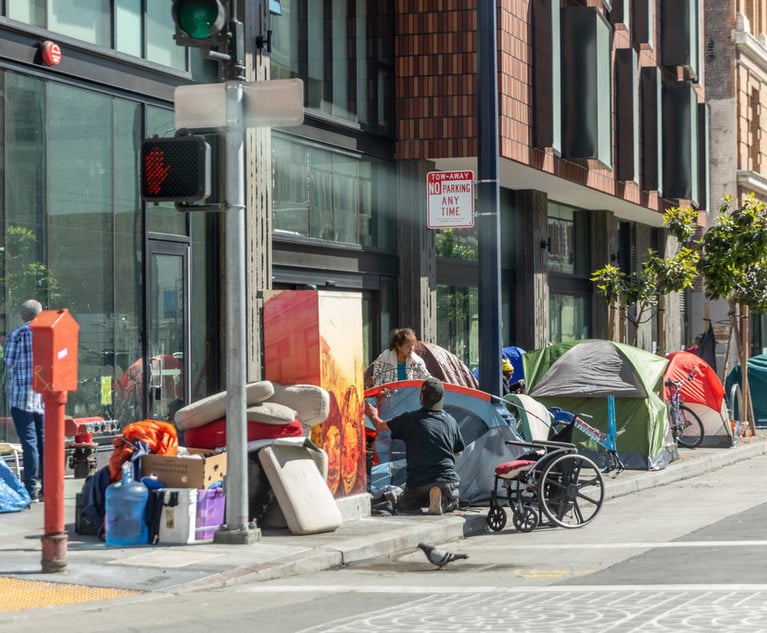As predictions about how Dobbs v. Jackson Women’s Health Organization threatens unenumerated Fourteenth Amendment rights involving contraception, sexual freedom and same-sex marriage begin to reshape American politics and law, another set of Dobbs’ dangers—whose contours are broadly illuminated by the Dobbs joint dissent, but whose details have escaped wide public attention—takes on added urgency. How might Dobbs alter women’s Fourteenth Amendment constitutional sex equality rights?
Central to the Dobbs joint dissent—filed by Justices Stephen Breyer, Sonia Sotomayor and Elena Kagan—is a vision of what Laurence Tribe has dubbed the constitutional liberty-equality “double helix.” The joint dissent explains these interlocking values underwrote Roe and Casey in ways that defeat Dobbs’ insistence that the rulings lack secure constitutional foundations. As decisions upholding constitutional liberty and equality promises—including women’s equal citizenship and the right to participate fully in the nation’s social and economic life—Roe and Casey nest comfortably in sweet-spots of constitutional traditions. Now overruled, the two cases express the American spirit of equal liberty that structures constitutional rights all Americans have to make intimate life-course decisions for themselves, free from overweening state interference.


 Demonstrations outside the U.S. Supreme Court on the day of arguments in the case Dobbs v. Jackson Women’s Health Organization, No. 19- 1392, challenging a Mississippi law enacted in 2018 that bans abortions after 15 weeks of pregnancy, on Wednesday, December 1, 2021. Photo: Diego M. Radzinschi/ALM
Demonstrations outside the U.S. Supreme Court on the day of arguments in the case Dobbs v. Jackson Women’s Health Organization, No. 19- 1392, challenging a Mississippi law enacted in 2018 that bans abortions after 15 weeks of pregnancy, on Wednesday, December 1, 2021. Photo: Diego M. Radzinschi/ALM




